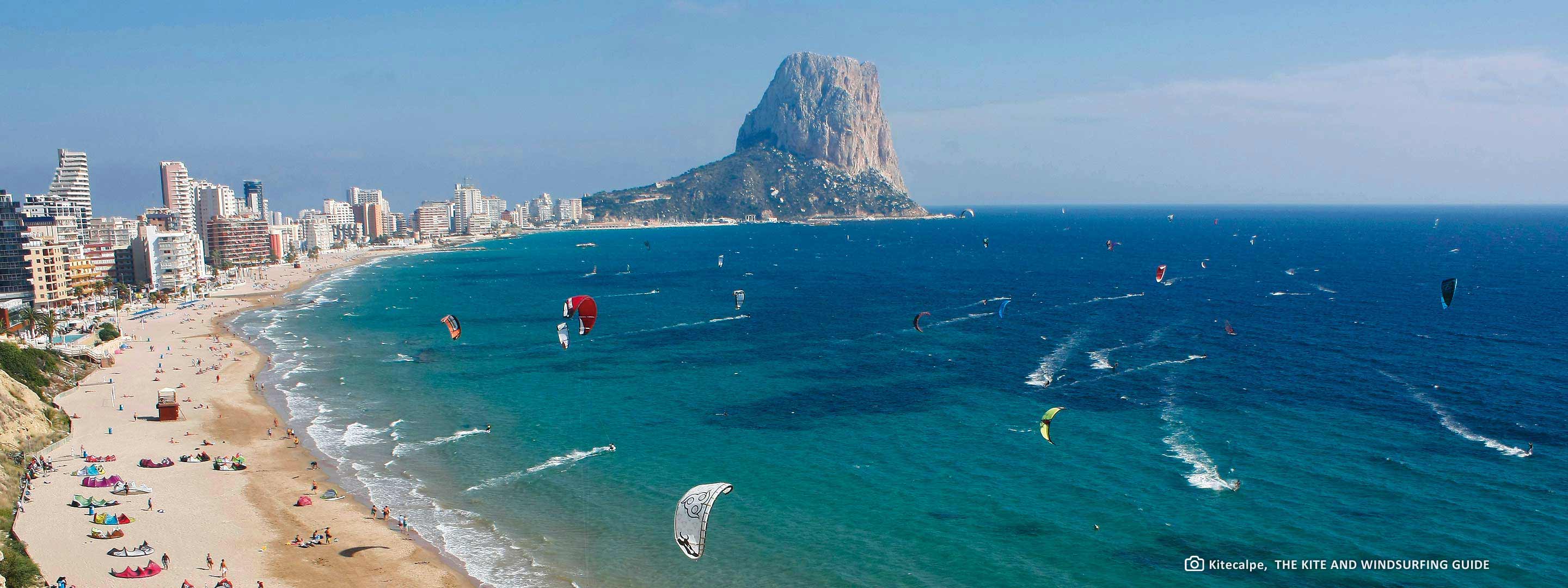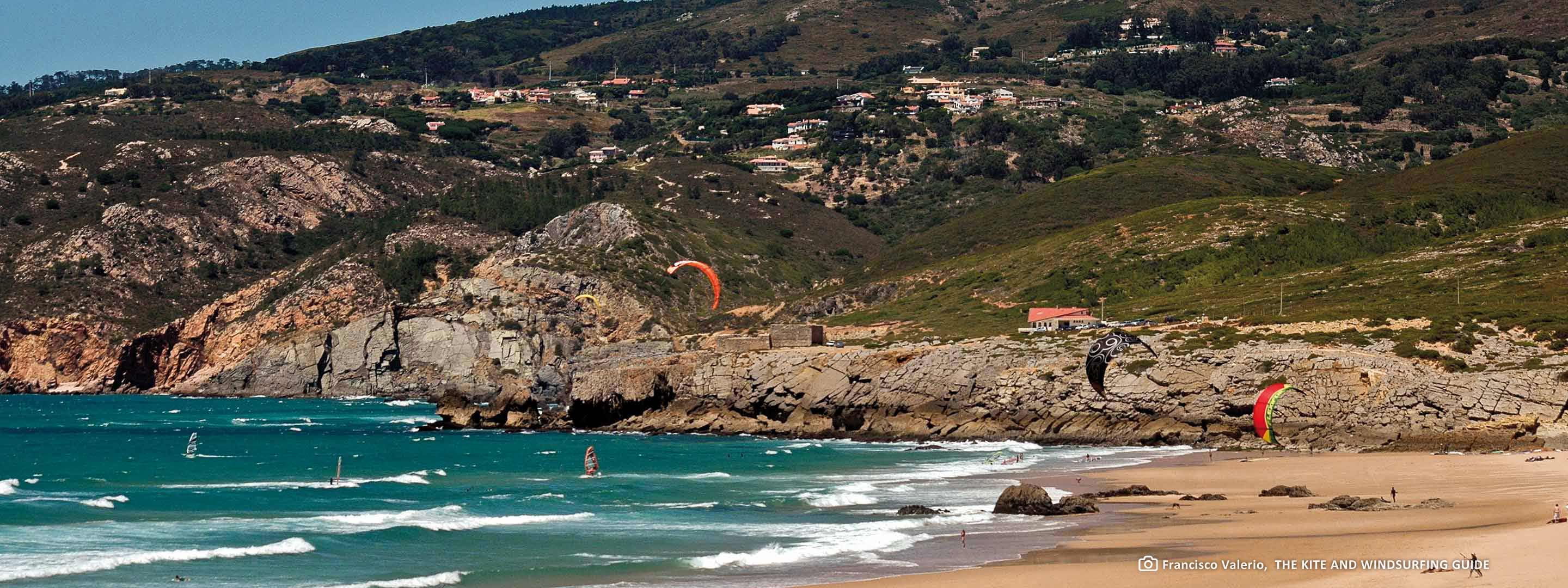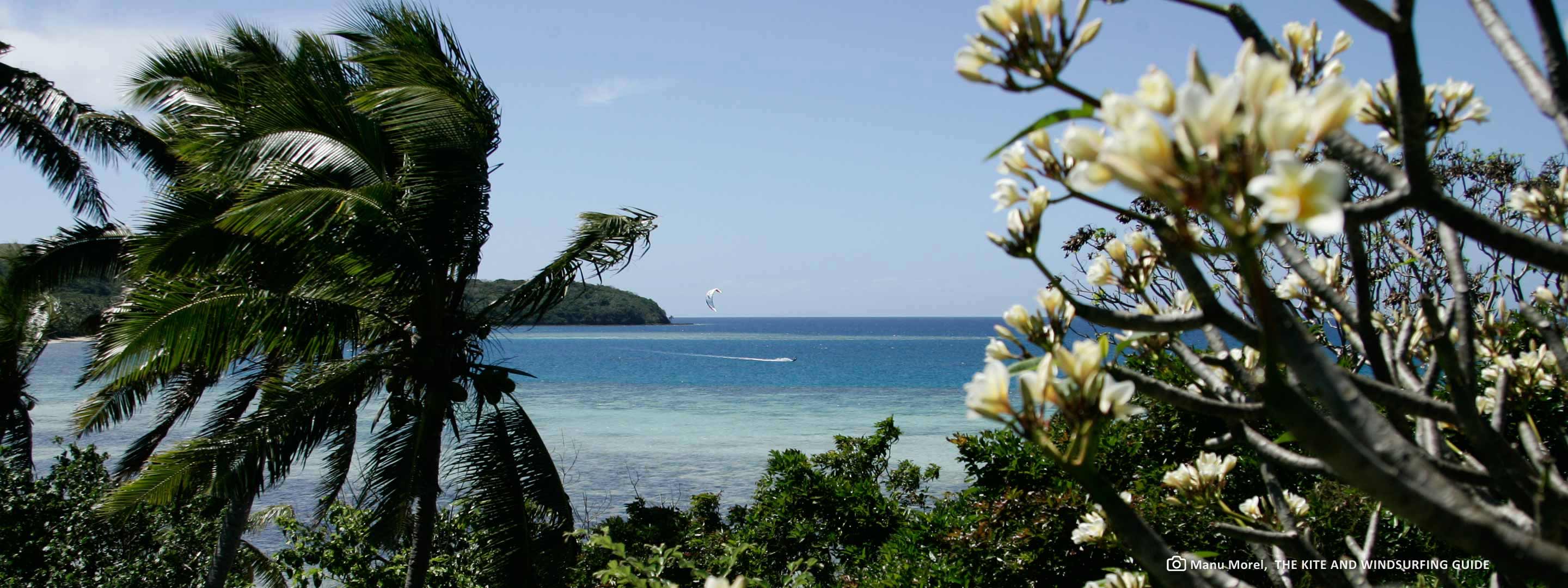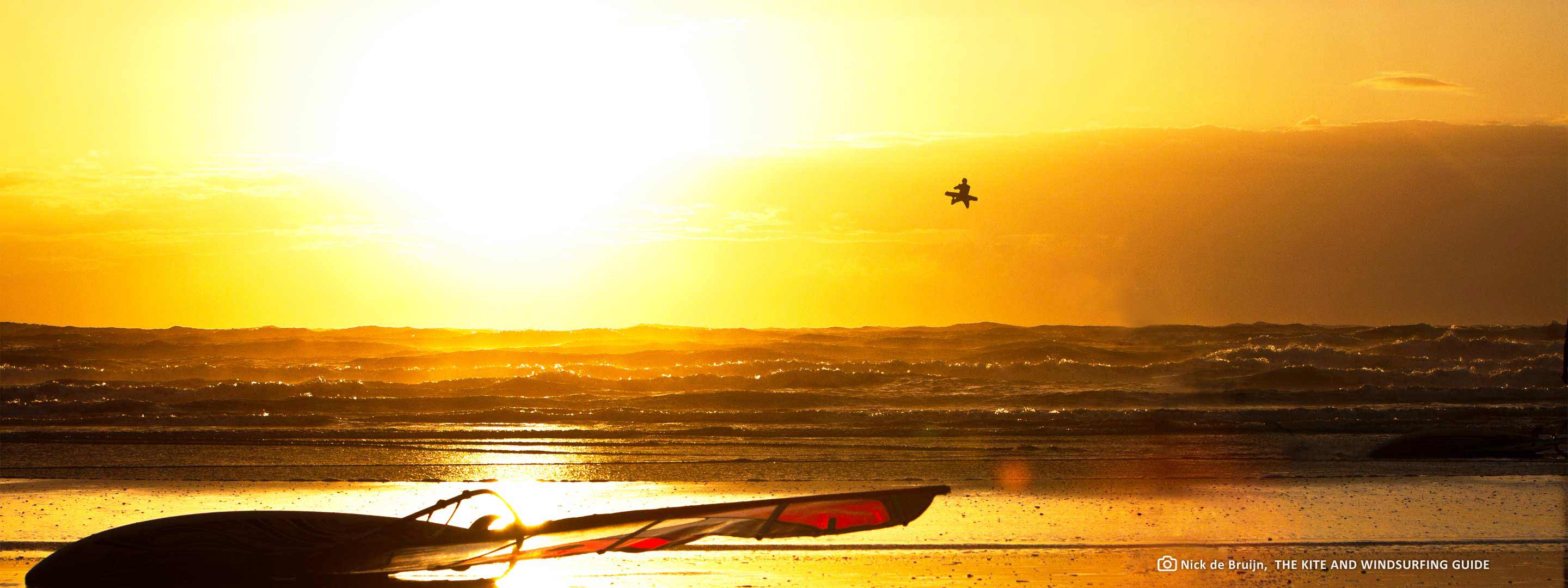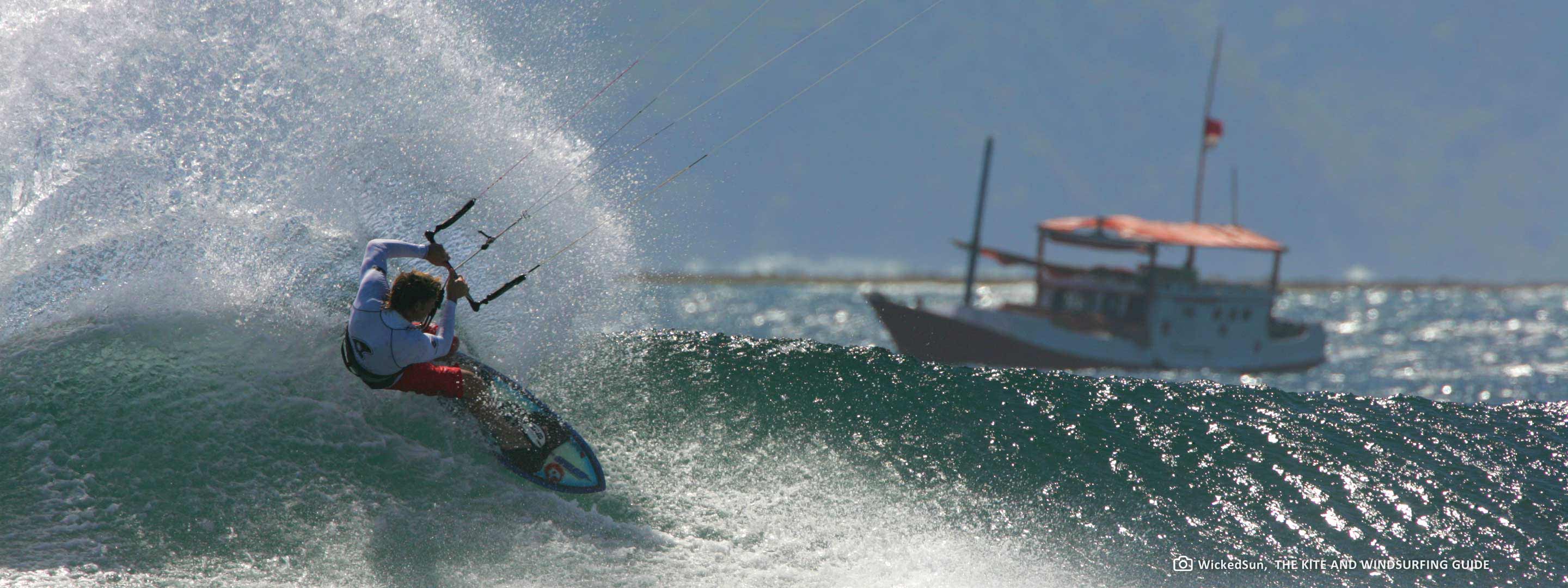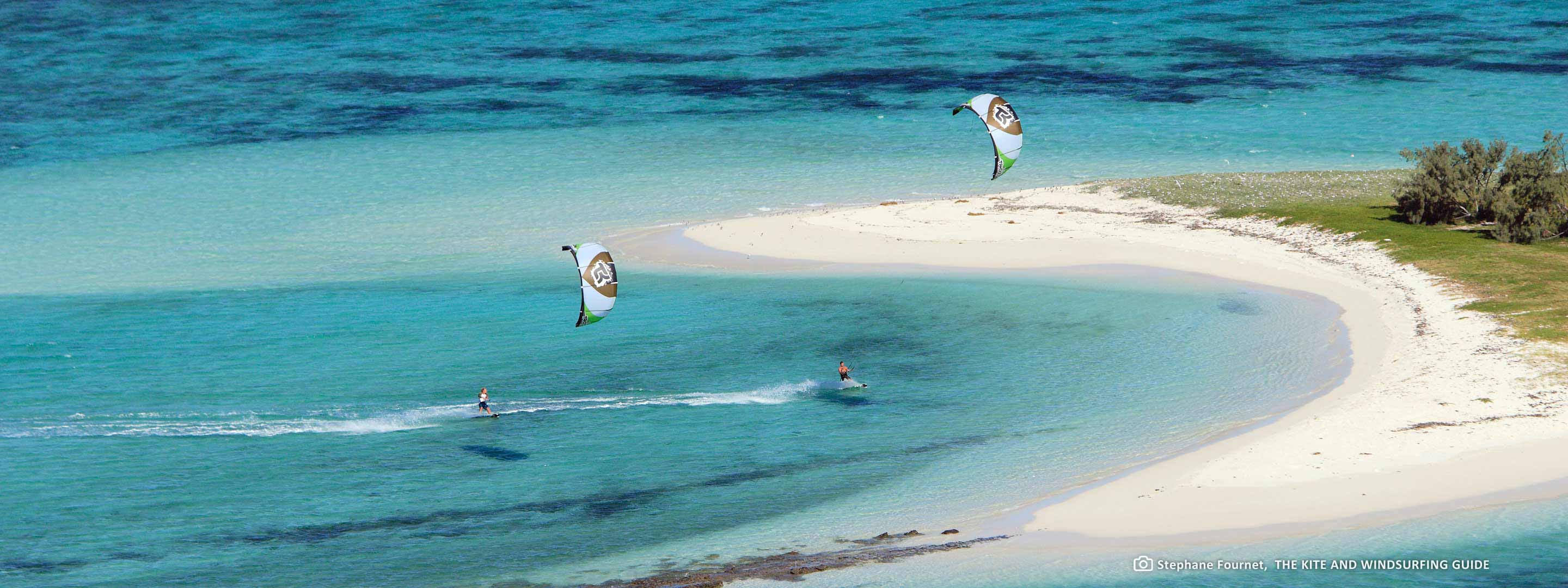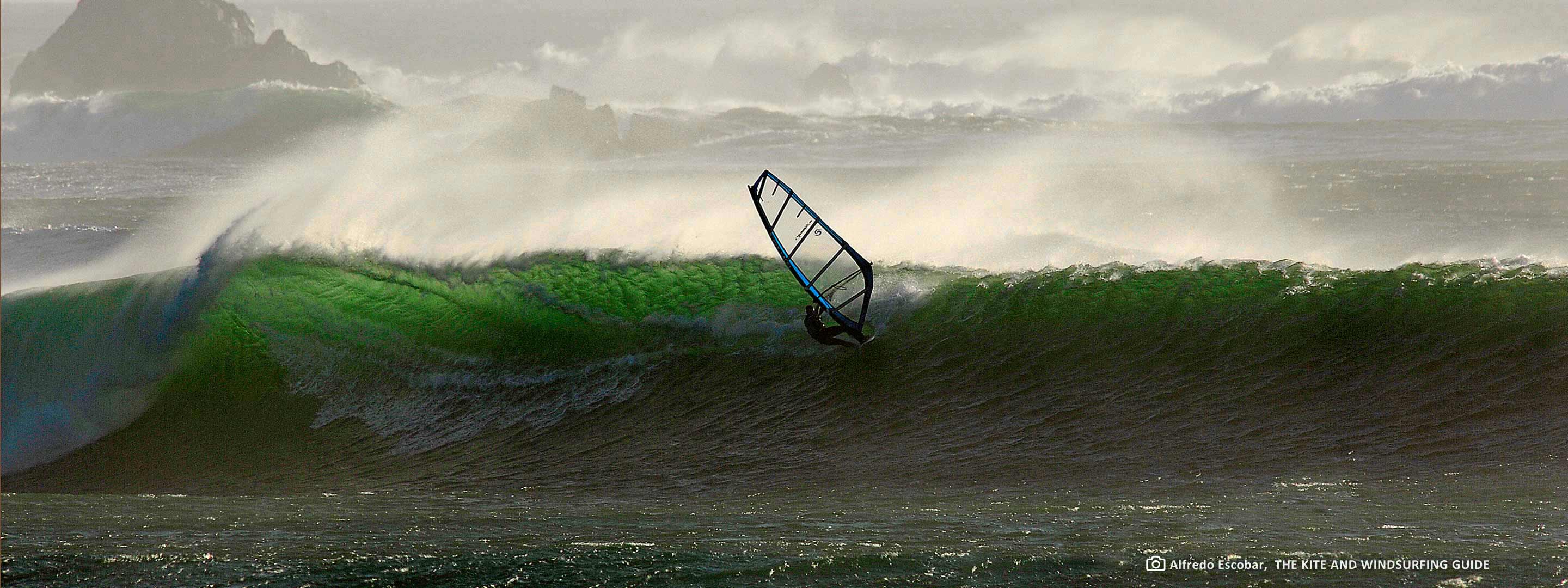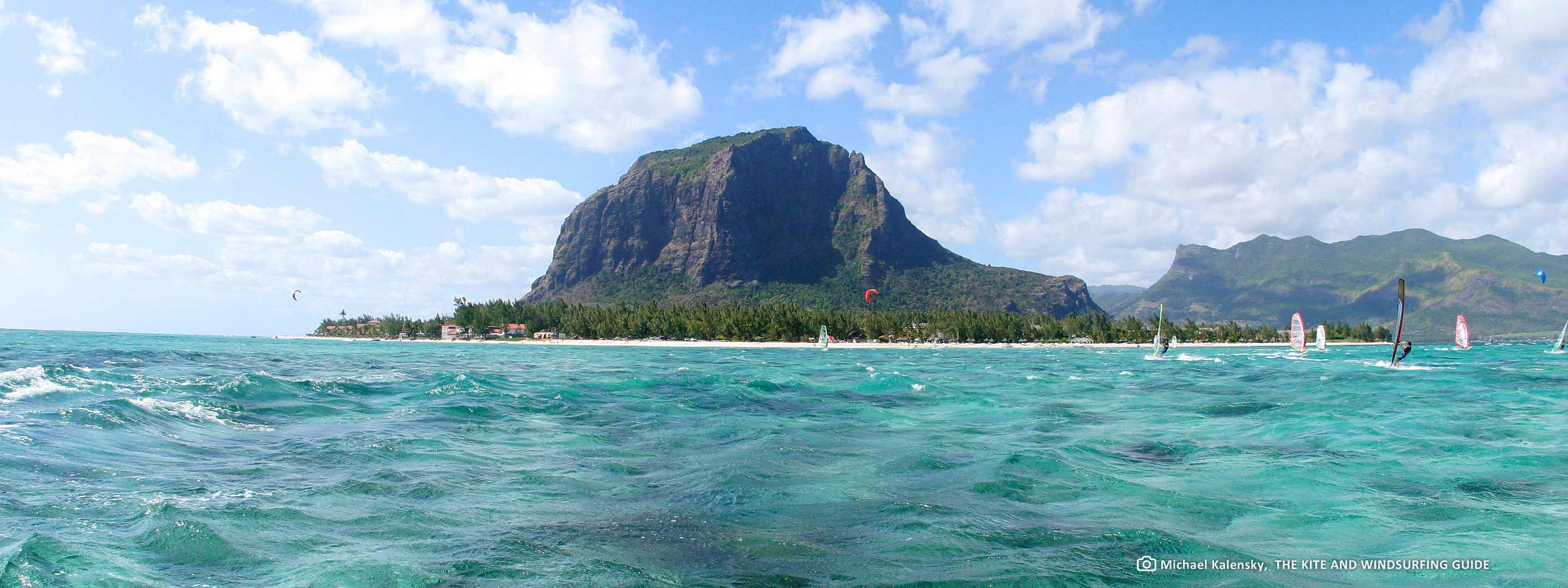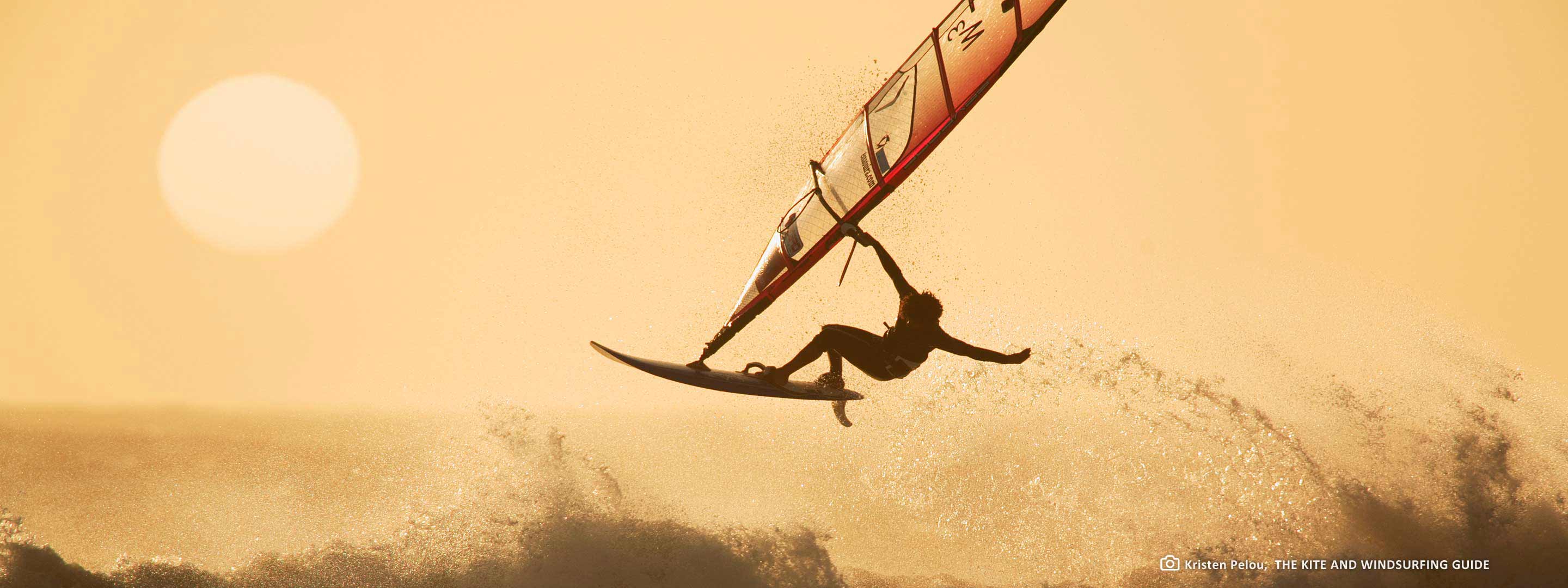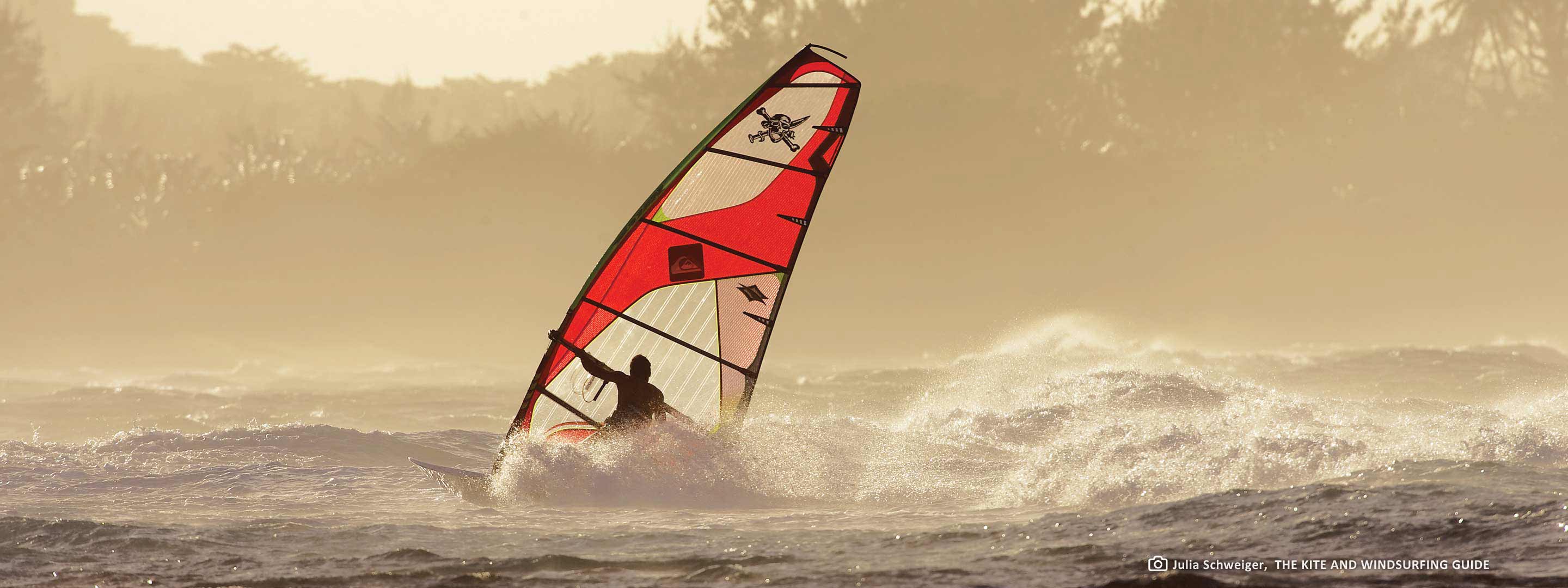Heisaura
Tokyo & Chiba Prefecture
Auszug aus dem KITE AND WINDSURFING GUIDE:
Kemigawahama is in residential Chiba City at the top of Tokyo Bay. Two man-made sandy beaches are protected by curved concrete breakwaters and separated by a wall – windsurfers launch to the east, kiters the west. Southerlies whip up some chop and typhoons produce a fun wave. The water’s shallow but really dirty, which at least keeps the swimmers away. Futtsumisaki North commands a great view of Mount Fuji and the metropolis from Cape Futtsu at the mouth of Tokyo Bay, just south of the Tokyo-Wan Aqualine tunnel. Here, kiters stay east while windsurfers sail from the west end of a hard-packed sand beach. Look out for the wooden shellfish beds, as well as clamshells and weed on the shallow seabed. The water’s always rougher on the Pacific side of the cape, and onshore southerly winds are reinforced by a venturi effect at Futtsumisaki South. Keep away from the swimming area in front of the beach-bar in high summer (Jul-Aug). For real waves, you’ll need to head further away from town. Some mellow southerly swells peak on the stone shelves off the sandy beach at Heisaura at the southern tip of the peninsular. Southerly winds are onshore, but WNW blows perfect starboard tack cross-shore. On the east coast Kamogawa has a reputation for catching the prefecture’s biggest waves as they funnel in via a deep-water trench. SW is the ideal cross-shore starboard tack wind to help you off the sandy (if litter-strewn) beach and out through a hefty shoredump and strong rip. Further up the coast are Japan’s ASP World Tour surfing beaches – the horseshoe bay at 'Malibu’ is too sheltered for windsports, but Hebara is open to a broader wind-range and scores northerly as well as southerly swell. Localism and overcrowding ensure that only the most courteous of windsurfers are tolerated. It’s much less crowded off the white sands of Onjuku, but it’s also generally messier, with predominantly onshore windswell – best with a late typhoon swell, but a no-go Jul-Aug when it’s swimmers only. The break gets super-crowded with surfers again up at Taito, but strong winds leave the line-up free for windsports. On a big swell there are some really long rides on offer as waves peel down the beach from the point. To the north, sea defences and a profusion of concrete breakwaters ensure 'Ichinomiya’ remains purely the reserve of surfers, but the long sandy beach from the rivermouth at Shirako to the sandbanks at Shirasato is much more appealing. Unfortunately, the polluted water is often smelly and distinctly unappealing, but these are nevertheless popular breaks that host national windsurfing and kiting events and can get very big in winter. The water quality’s better and the waves heavier on the reefs off the headland sheltering the bay. Beneath the Inubouzaki Lighthouse, Kimigahama is a sand and rock beach that catches all swell directions but suffers gusty wind. Just across the river, near the busy industrial port at Kamisu City, Hazaki boasts cleaner northerly winds, some really nice waves and mercifully little crowding beneath the wind-turbines that line the sandy beach. Higher into Ibaraki Prefecture is the city of Ooarai, home to the Isosaki Shrine devoted to the god of marine safety. Sun Beach, just south of the ferry port, is a beautiful sandy beach with a great wave that’s kept clean in northerly winds by the port breakwater – it attracts plenty of beachgoers in summertime but, hours away from Tokyo along winding roads, relatively few surfers.
